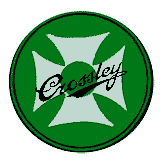The British War Office issued a specification for half-tracked vehicles in 1923 and ran a competition in 1925. Crossley signed a licencing agreement with Citroen-Kegresse on 19 January 1925 and entered a BGT with Kégresse tracks at the trials which was held in February. Crossley came out best in the trials and orders were placed for 15-20 cwt and 3 ton chassis. 115 in total were ordered by the British Army and RAF, 55 of which were for the 15-20 cwt models. An unknown but small number were also sold privately.
The Kégresse option was available on the following chassis -
| Model | chassis number range | payload | date |
|---|---|---|---|
| 15-20 cwt | 25xxx | 15-20cwt | 1925-7 |
| IGL2 | 30xxx | 3 ton | 1926 |
| BGV 1 and 2 | 60151-60195 | 15-20 cwt | 1927 |
| BGV 3 and 4 | 6xxxx | 20-30 cwt | 1929 |
In 1927 one 15-20 chassis was fitted with a Martel One-Man Tankette body and was submitted to the British army but was not chosen for production.
One experimental IGL with a "positive drive" track and rated at 4 tons was made in 1928.
One complete and possibly two partial vehicles are believed to survive.
BODY STYLES
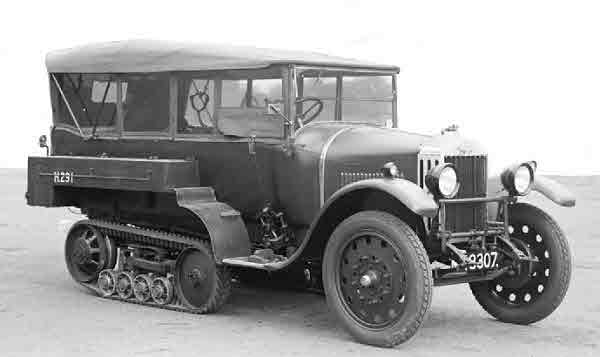
15-20 cwt with staff car body
Photo - Imperial War Museum
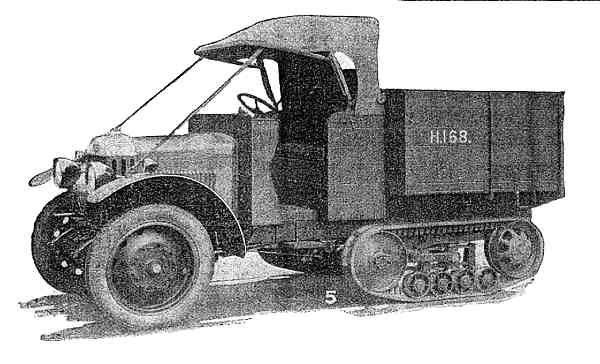
15-20 cwt type truck
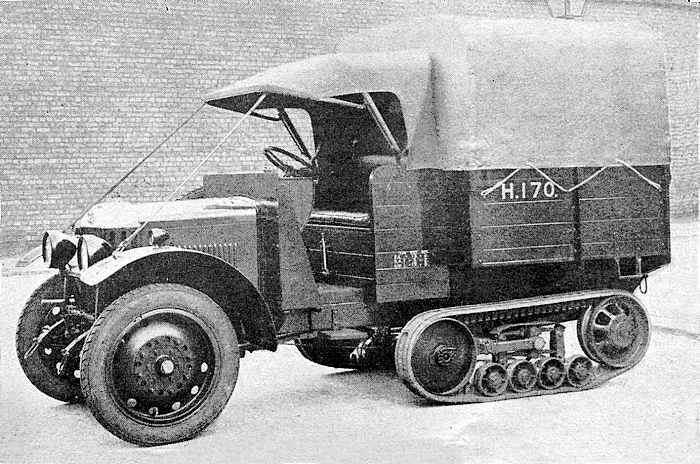
15-20 cwt type truck with tilt cover erected.

IGL2 type Kégresse equipment
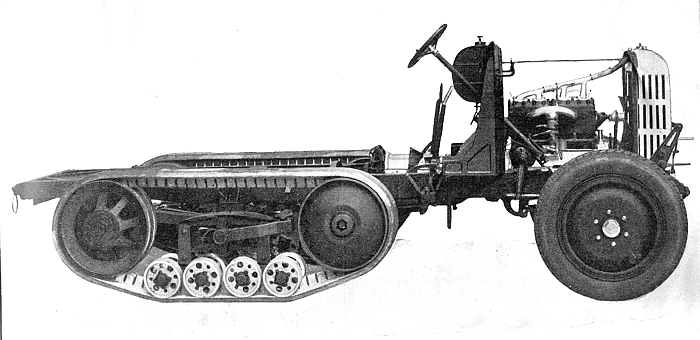
20-30 cwt BGV type
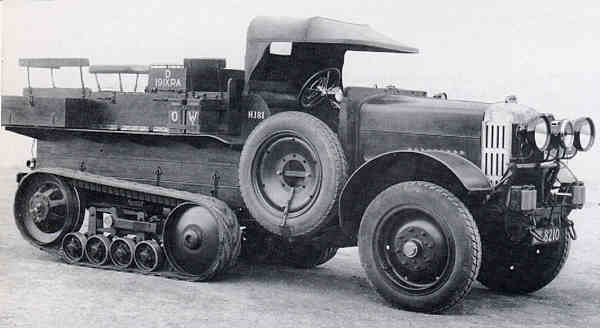
3 ton IGL2 type
SPECIFICATION
IGL2 - Crossley 25/30 - 4531cc
BGV3 - Crossley 20/60- 3705cc
IGL2 - 4 inches (101.6 mm)
BGV3 - 3½ inches (88.9 mm)
IGL2 - 5½ inches (140 mm)
BGV3 - 5 7⁄8 inches (150 mm)
IGL2 - Zenith vertical type
dry sump (IGL2)
25/30 - 65 bhp
20/60 - 60 bhp at 2500 rpm
main ratios
15-20 cwt - 1:1, 1.812:1, 2.862:1, 4.610:1
IGL2 - 1:1, 1.884:1, 3.291 :1, 5.447:1
transfer box
15-20 cwt - 8.45:1 or 35.77:1
IGL2 - 7.27:1 or 34.43:1
IGL2 - Inverted cone
Rear - Kégresse track unit with differential locks
IGL2 - 11 feet 2 inches (3400 mm)
IGL2 - 4 feet 11 inches (1500 mm)
Transmission brake coupled with foot brake.
Handbrake operated system on rear tracks giving combined or selective braking.
